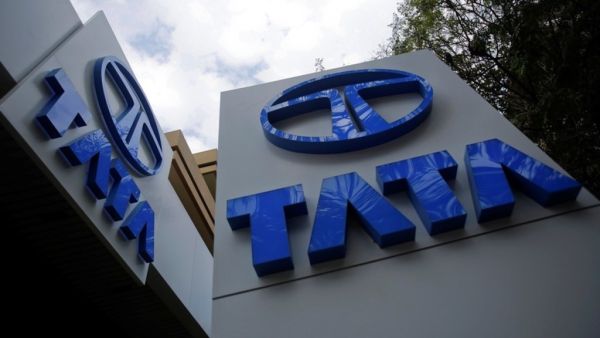
The country’s largest commercial vehicle manufacturer, Tata Motors, is gearing up for a strategic comeback after witnessing a steady erosion of its market share over the past six years.
The company, which commanded a dominant 42% of the domestic CV space in FY19, closed FY25 with its weakest performance in years, holding just under 36% of the market, according to data from the Society of Indian Automobile Manufacturers (Siam).
A significant contributor to this decline has been the shrinking footprint of Tata Motors in the small commercial vehicle (SCV) segment, defined as vehicles with a loadcarrying capacity of under two tonnes. Once a stronghold for the company, Tata Motors’ share in this segment fell from over 66% in FY19 to just 53% by the end of FY25.
This underperformance hasn’t gone unnoticed at the top. At the company’s recent annual general meeting, Tata Sons and Tata Motors chairman N Chandrasekaran acknowledged the issue directly. “An area where we need to deliver is the SCV segment which is severely underperforming. We need to improve our performance and market share and we are focused on addressing it this year,” he told shareholders.
The problem, however, is not limited to Tata Motors alone. The SCV segment itself has contracted sharply over the years. Once accounting for 23% of the total CV market in FY19, SCVs made up just 16% by FY25. Industry insiders point to several reasons for the slump, chief among them being the rise of electric threewheelers, tighter financing norms, a tepid increase in freight rates, and the rising cost of SCVs.
Pinaki Haldar, vice president and business head, SCV & PU (pickups), Tata Motors Commercial Vehicles, explained that the Covid19 pandemic worsened the situation. “It particularly impacted firsttime buyers who were already grappling with higher acquisition costs and income uncertainty. This led to a spike in NPAs, more cautious lending practices, and declining resale values, making financing a critical concern for the segment,” he said.
Changing customer preferences have also influenced the downturn. While some buyers moved up to larger pickups for better payload efficiency, others switched to electric threewheelers that benefited from government incentives and more relaxed regulatory norms.
Tata Motors, however, is actively repositioning itself in this evolving landscape. Its newly launched model, the Ace Pro, targets the underserved niche between threewheelers and traditional SCVs. With a 750 kg payload capacity, the Ace Pro is available in electric, CNG, and petrol variants, with a starting price of Rs 3.99 lakh.
“The Ace Pro will address a white space. It is industry leading in both payload and range (EV). For diesel Ace, we intend to make some significant product interventions starting with one in Q2 of this year followed by another in Q4,” Haldar said during Tata Motors Investor Day.
As part of a broader strategy, Tata Motors is also demerging its commercial vehicle business into focused verticals. Among the eight new subdivisions, the SCV & PU vertical is seen as a key pillar of growth.
With these efforts, Tata Motors aims to regain a 40% share in the domestic CV market in the near to midterm, a strategy which hinges heavily on the revival of the SCV segment.